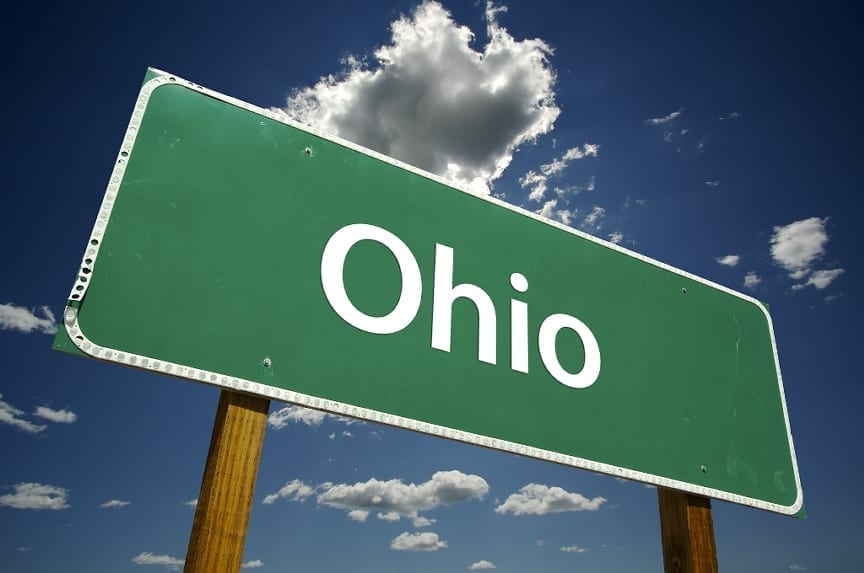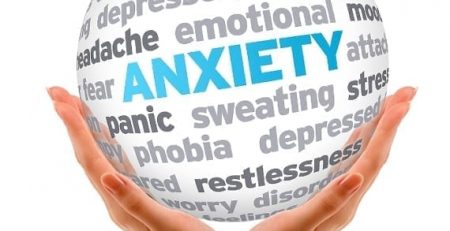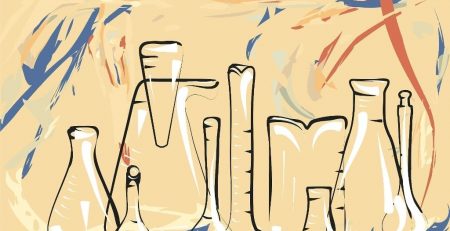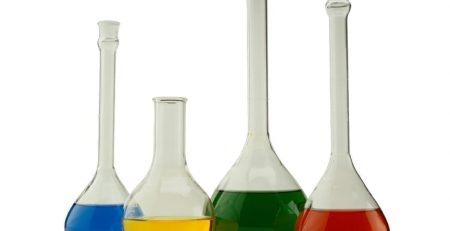Water ban for Toledo, Ohio
Problems occurred when tap water was banned in Toledo, Ohio, which is the fourth largest city in that state. Roughly 500,000 people and pets were not able to use any source of water generating from that town. Toxic levels of microcystin were produced in the city’s water source, Lake Erie. Boiling the water would exacerbate the microcystin’s effects. Microcystin’s are created as a byproduct from Cyanobacteria. When they form in large amounts then the microcystin levels become high enough that they can cause dizziness, nausea, vomiting, diarrhea, and when ingested, liver damage. immunocompromised people have been asked to keep away from the water at all costs because any sort of contact with the skin could produce rashes.
Today Mayor D. Michael Collins of Toledo has lifted the ban as state and federal Environmental Protection Agency officials have assured the microcystin levels have gone back to normal. Since there are no federal state guidelines the EPA is operating under the World Health Organization’s recommended <1.0 ppb figure. Residents are asked to run faucets for 15 minutes in order to flush out the pipes. It was reported that irresponsible farming and lawn care are mainly the reason for this outburst and has caused the drinking water to look gunky. Extraneous nitrogen and phosphorus from the fertilizer, livestock incorrectly positioned near water sources, and pesticides were found in the runoff water, and the heat of summer caused cyanobacteria to develop.
Phosphorus prevent blooming. About 20 percent of the lake was filled with slimy algae in 2011 because of the huge income of rain. Microcystin levels topped 1,200 times WHO’S suggestive amount for the drinking water of nearly 2.8 million people. Blooms like this affect marine life as it chokes out fish and their food sources at the bottom of the lake. Issues like this could happen anywhere. It is important that responsible farming takes action.














